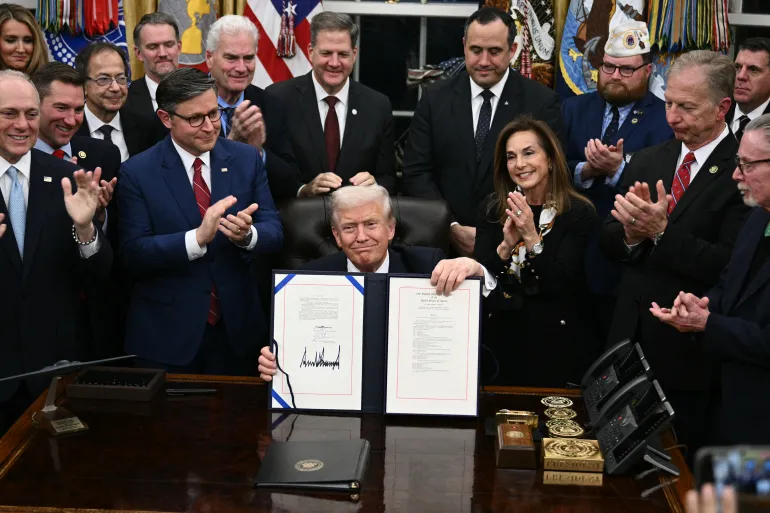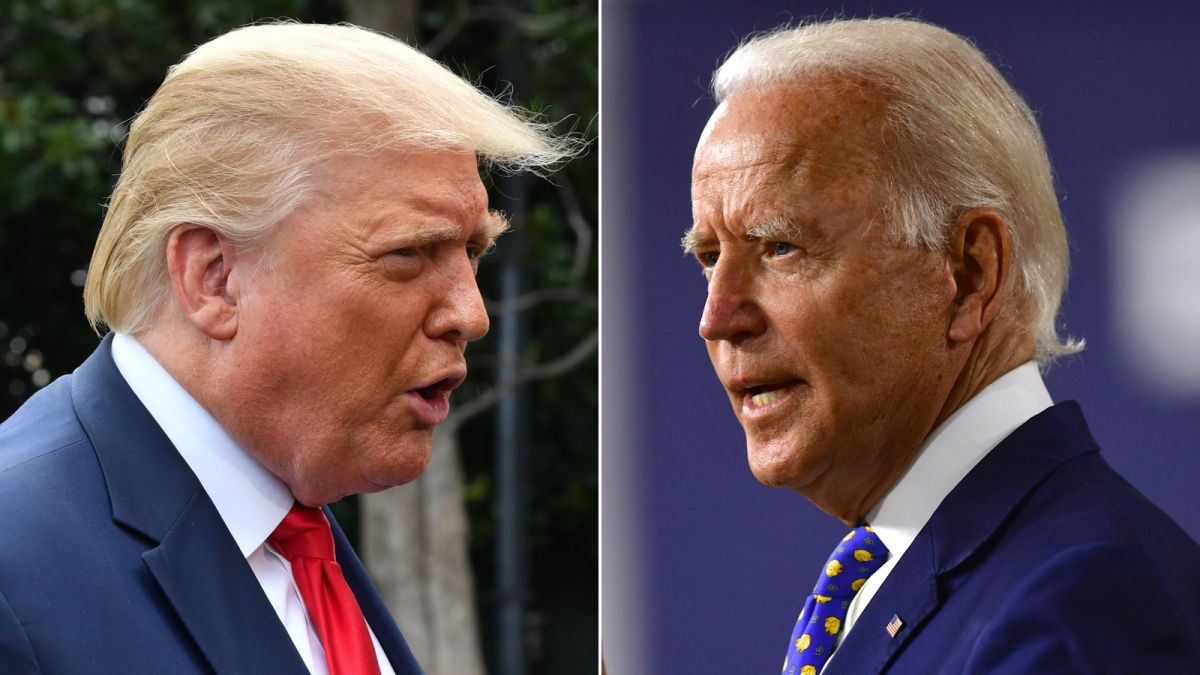For the first time in modern history, more Americans are turning to social media and video platforms for their news than to traditional media outlets, according to the 2025 Digital News Report released Tuesday by the Reuters Institute.
The study found that 54 percent of Americans had used platforms such as Facebook, YouTube, or TikTok for news in the previous week—surpassing the 50 percent who relied on television and the 48 percent who accessed news via websites or apps. A decade ago, just 27 percent said they used social media for news.
The shift is being driven largely by younger demographics. Among those aged 18 to 24, 54 percent cited social media and video platforms as their primary news source, while 50 percent of people aged 25 to 34 said the same.
The United States and Brazil led the global trend, with 34 percent and 35 percent of respondents respectively describing social media as their “main” source of news. The trend was also evident in the United Kingdom, France, Denmark, and Japan, though with lower overall percentages.
Notably, individual online influencers—particularly those with conservative leanings—are playing a growing role in shaping news consumption. Over 20 percent of American respondents said they had viewed content from podcaster Joe Rogan during the week of President Donald Trump’s second inauguration in January. Between 12 and 14 percent had encountered news commentary from Tucker Carlson, Megyn Kelly, Candace Owens, or Ben Shapiro.
Despite this digital dominance, trust in news remains a complex issue. The report shows that across nearly 50 countries, just 40 percent of respondents said they trusted most news “most of the time”—a number that has remained steady over the past three years. Trust levels were highest in Nigeria (68 percent), followed by Finland, Kenya, Denmark, South Africa, and Thailand. In contrast, Greece and Hungary recorded the lowest levels of trust, at 22 percent.
Nic Newman, the report’s lead author, noted that the waning influence of traditional media has created both opportunities and risks.
“Politicians are increasingly able to bypass traditional journalism in favour of friendly partisan media, ‘personalities’, and ‘influencers’ who often get special access but rarely ask difficult questions,” Newman said. “These trends are especially pronounced in the United States under Donald Trump, as well as in parts of Asia, Latin America, and Eastern Europe,” he added. “But they’re progressing more slowly in places where established news brands still maintain a strong connection with the public.”
Newman also noted that in countries where press freedom is under threat, the rise of alternative digital ecosystems can empower independent voices and challenge state narratives. However, the growing reliance on unregulated content also contributes to deepening political polarization and increasingly toxic online discourse.
With input from Al Jazeera










The latest news in your social feeds
Subscribe to our social media platforms to stay tuned